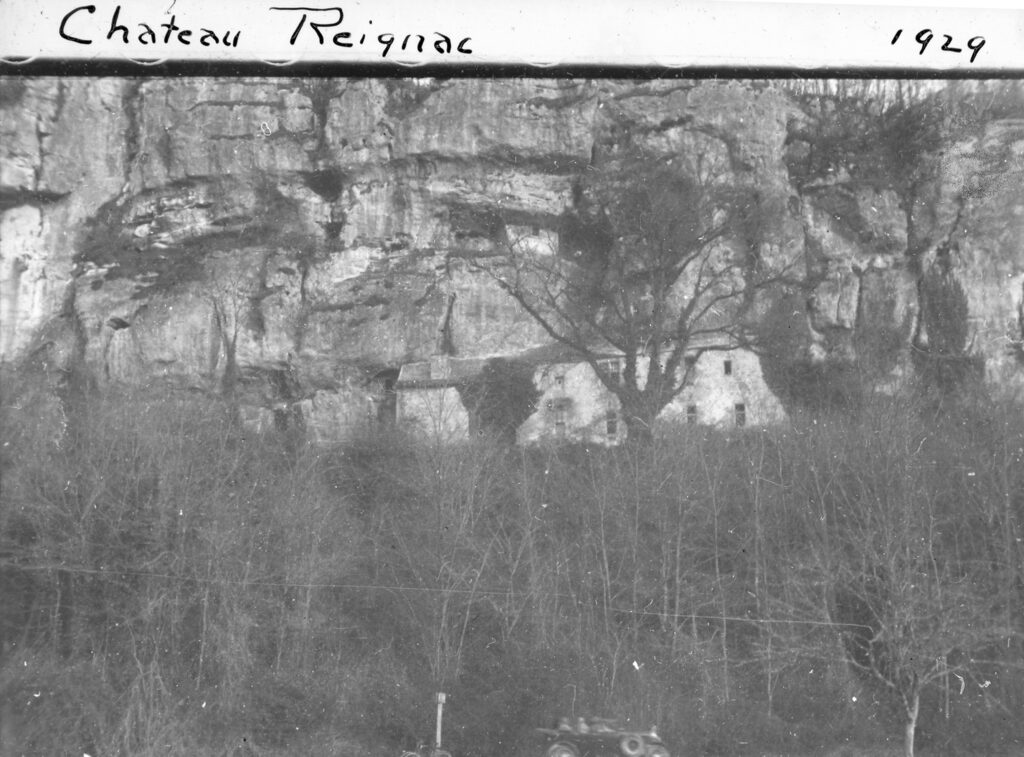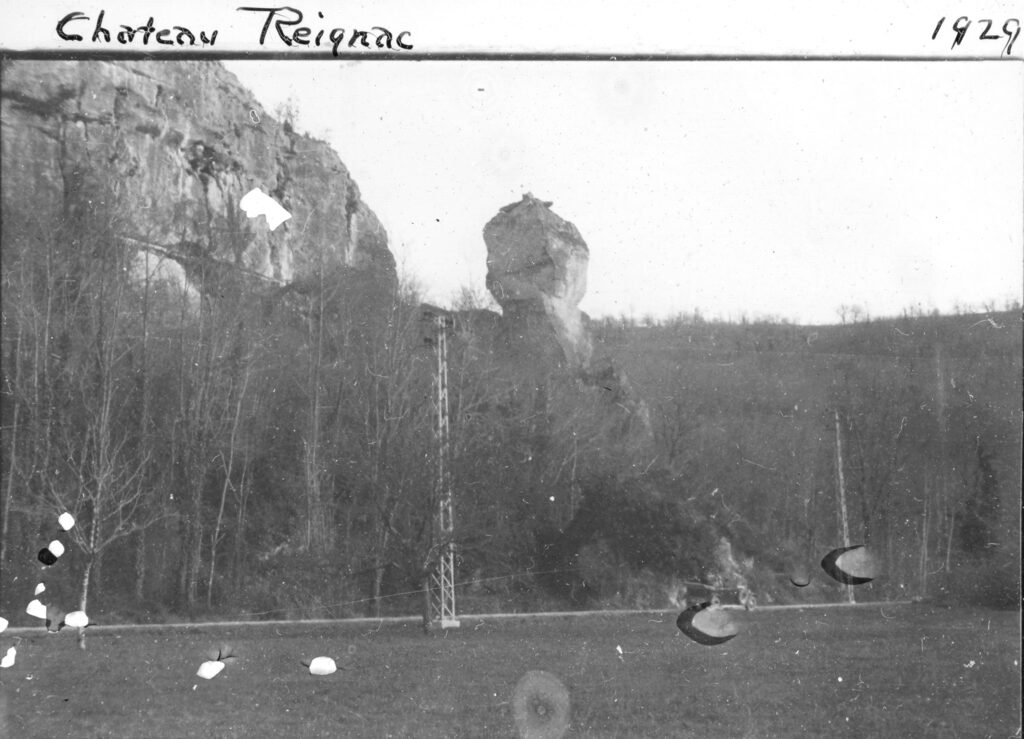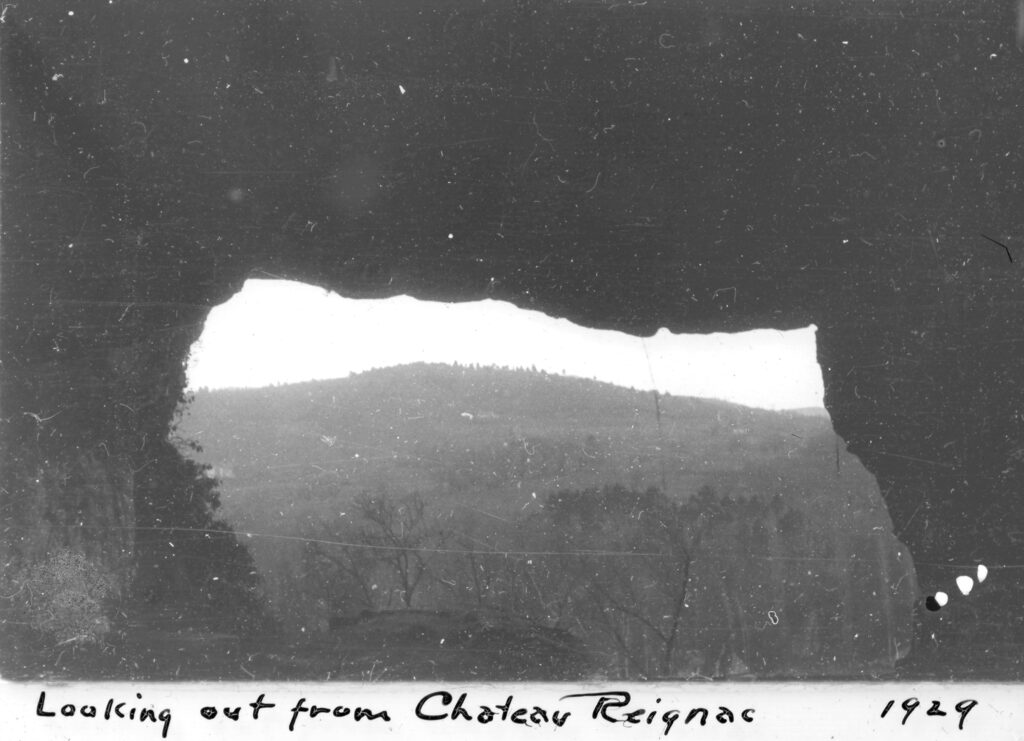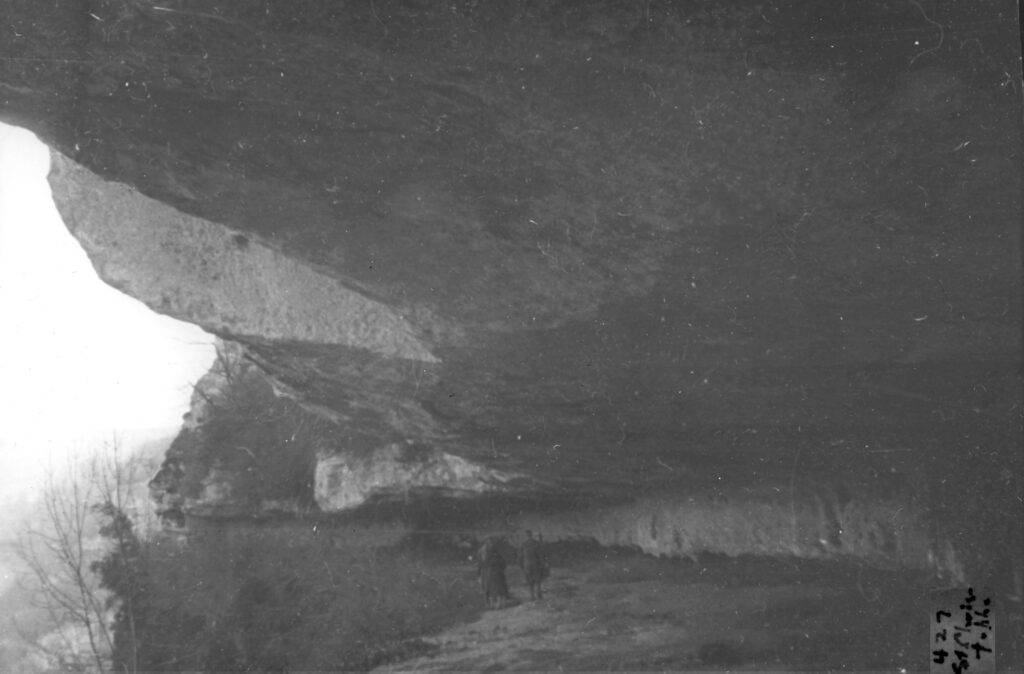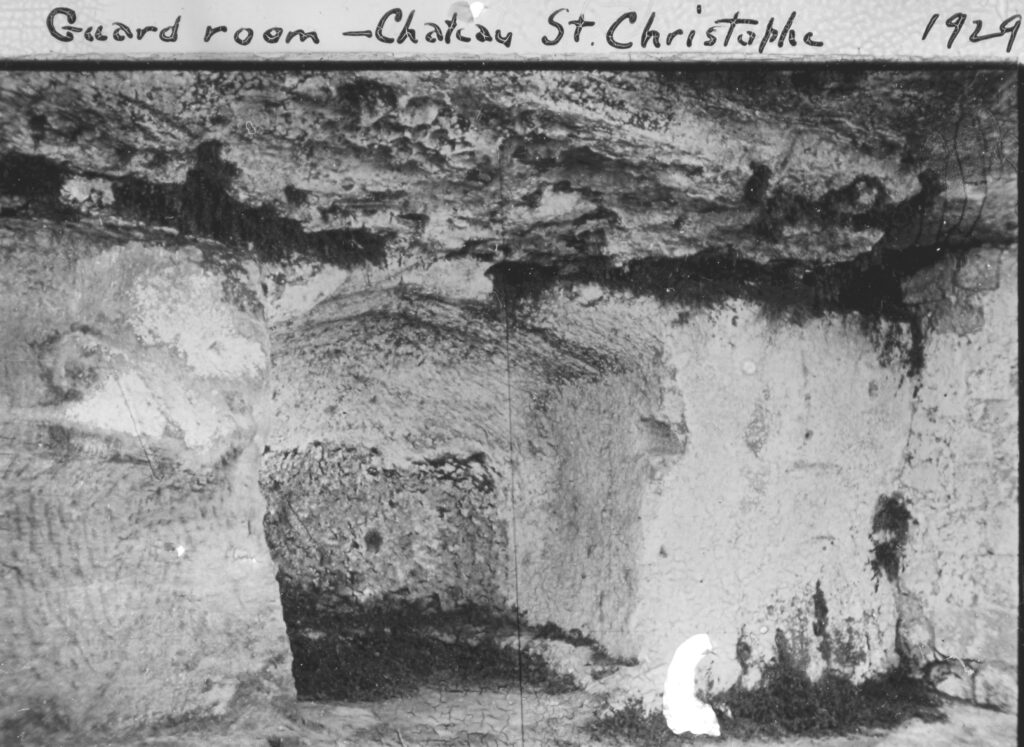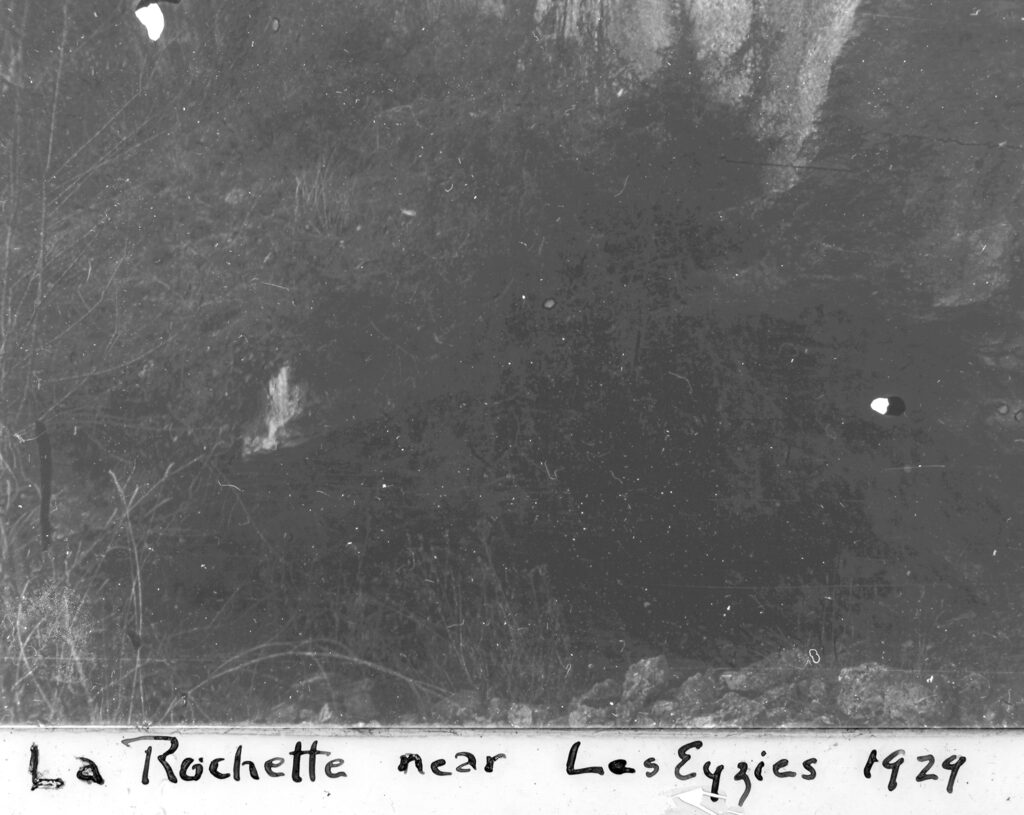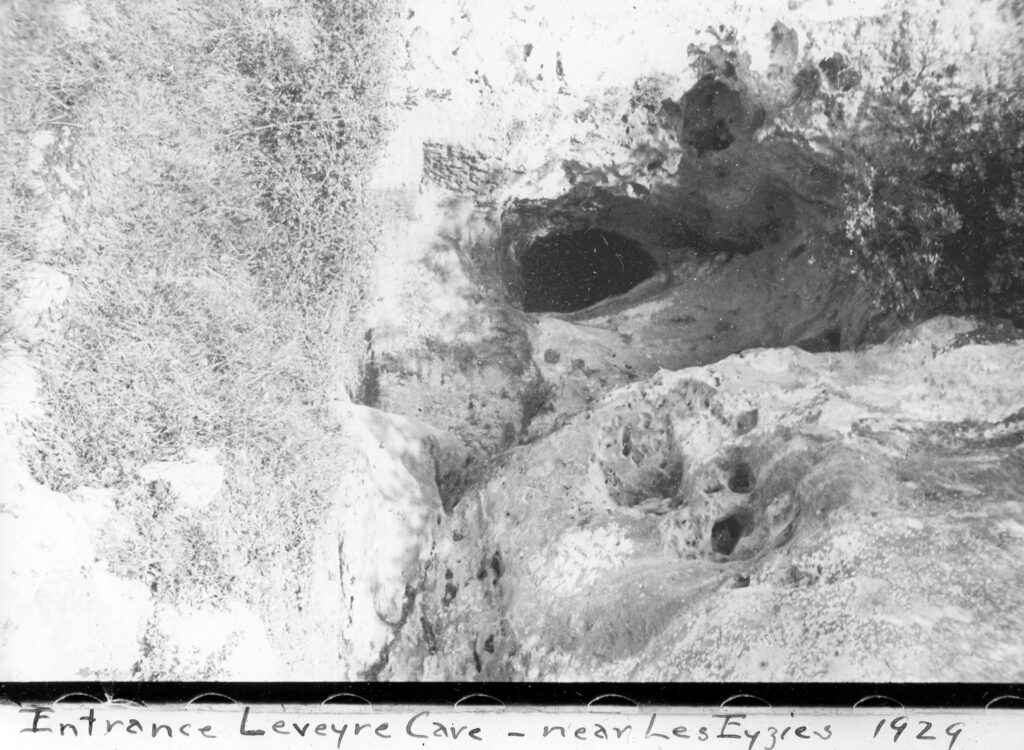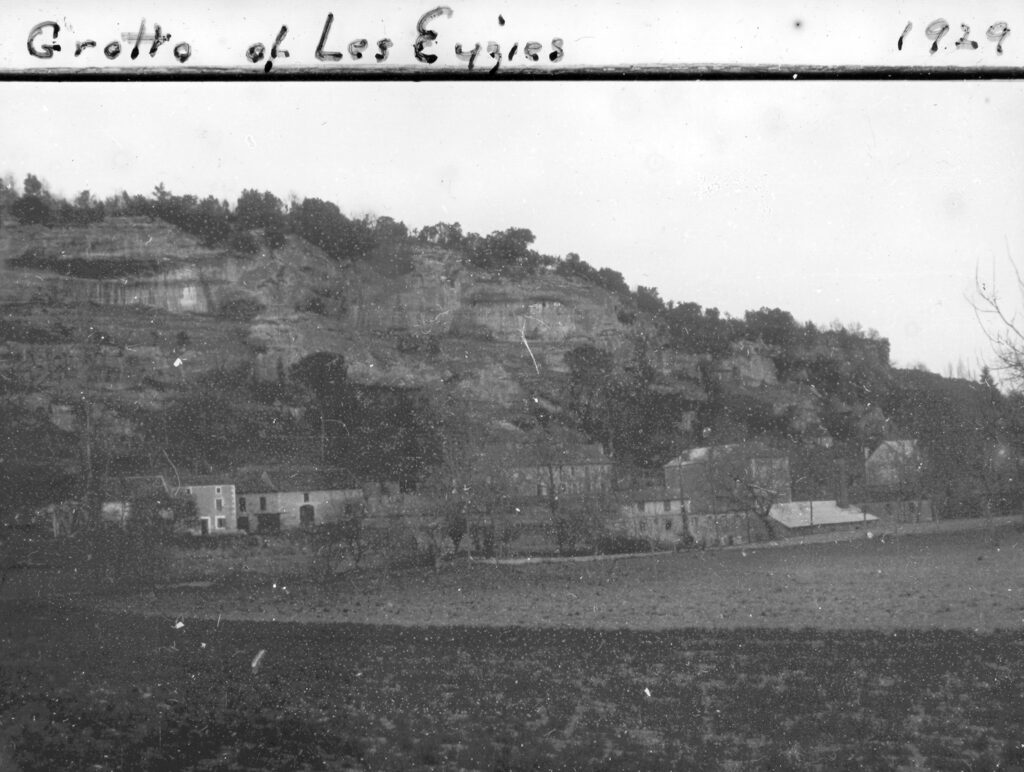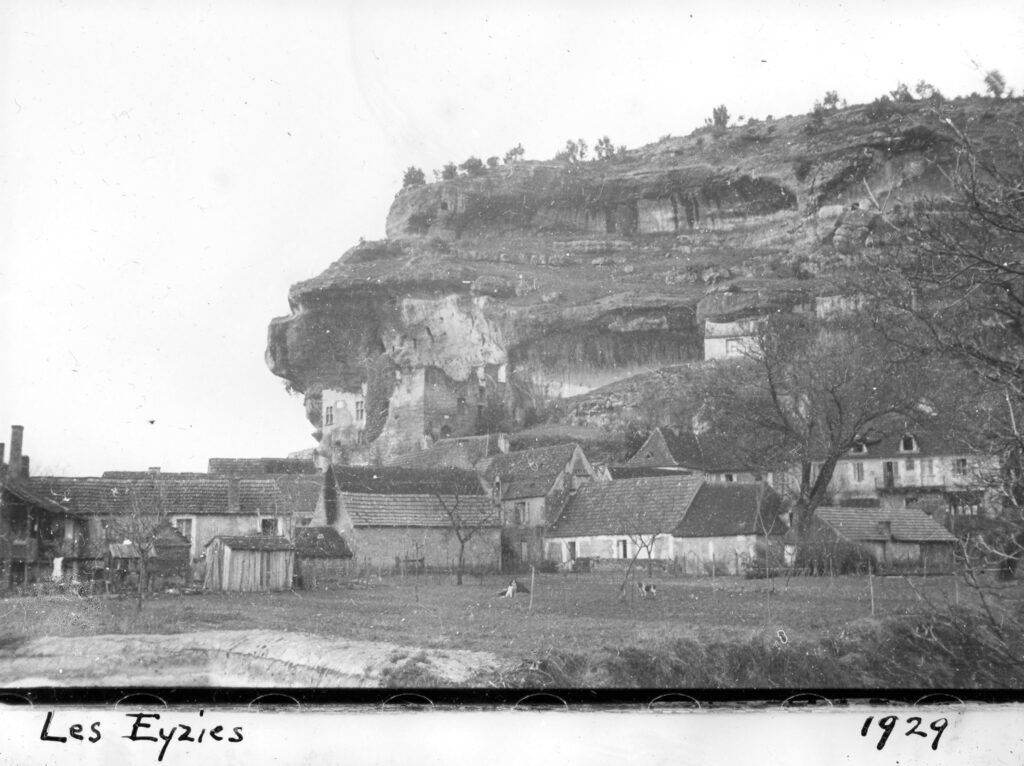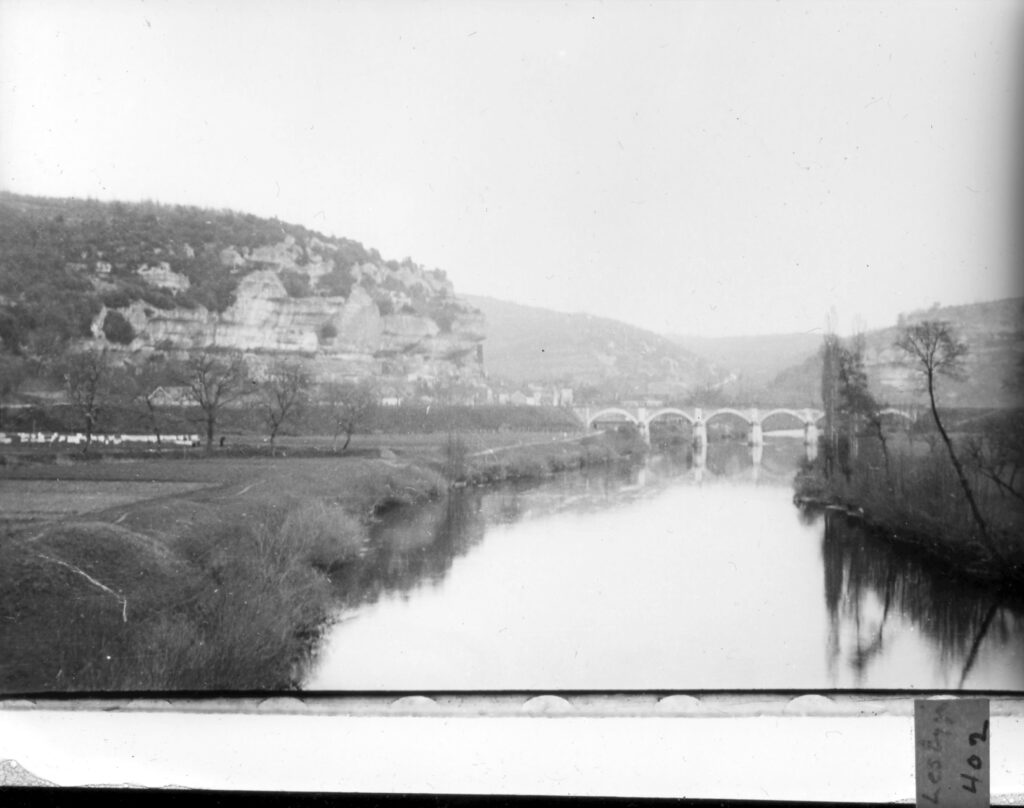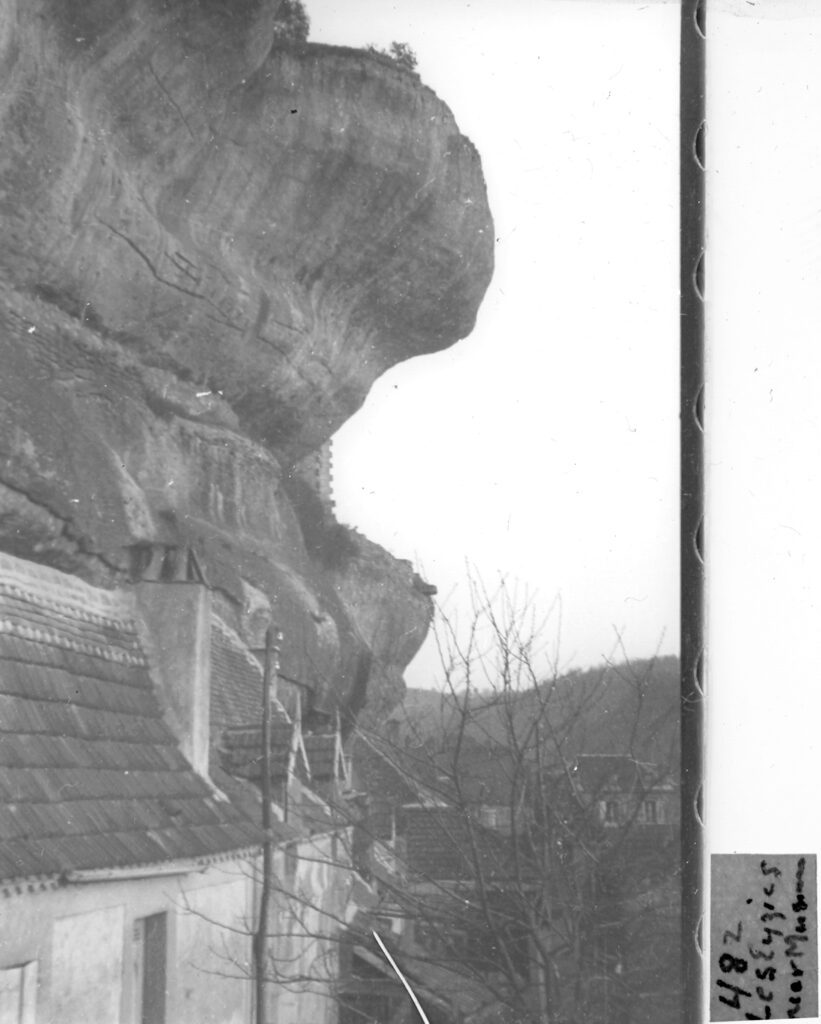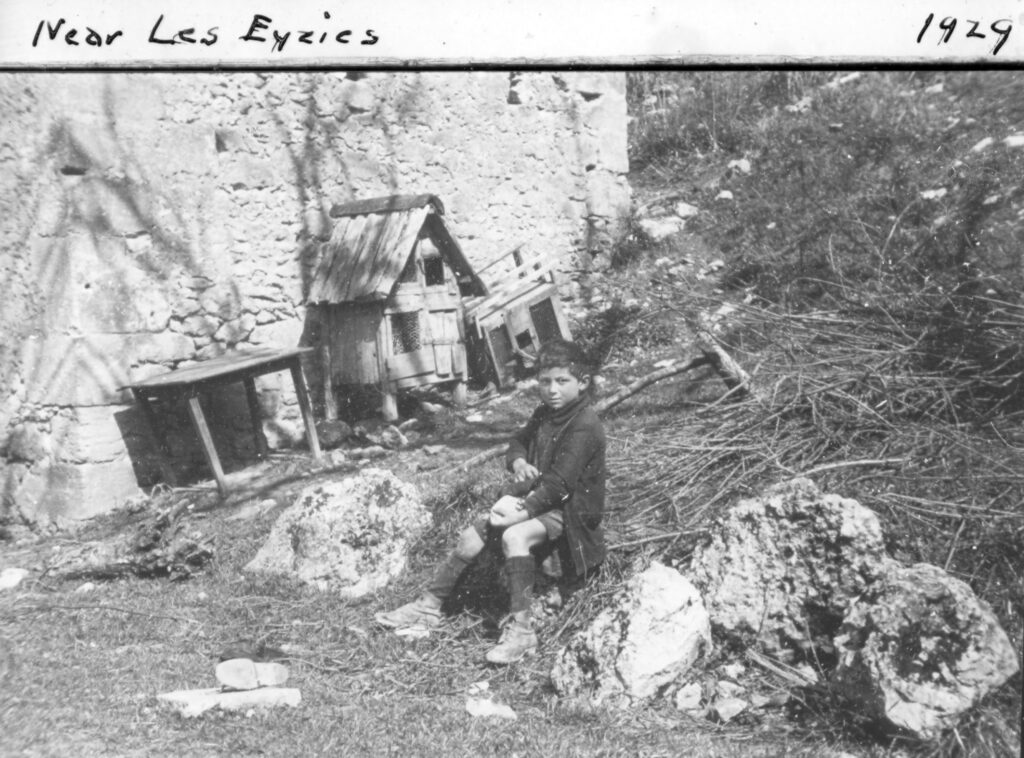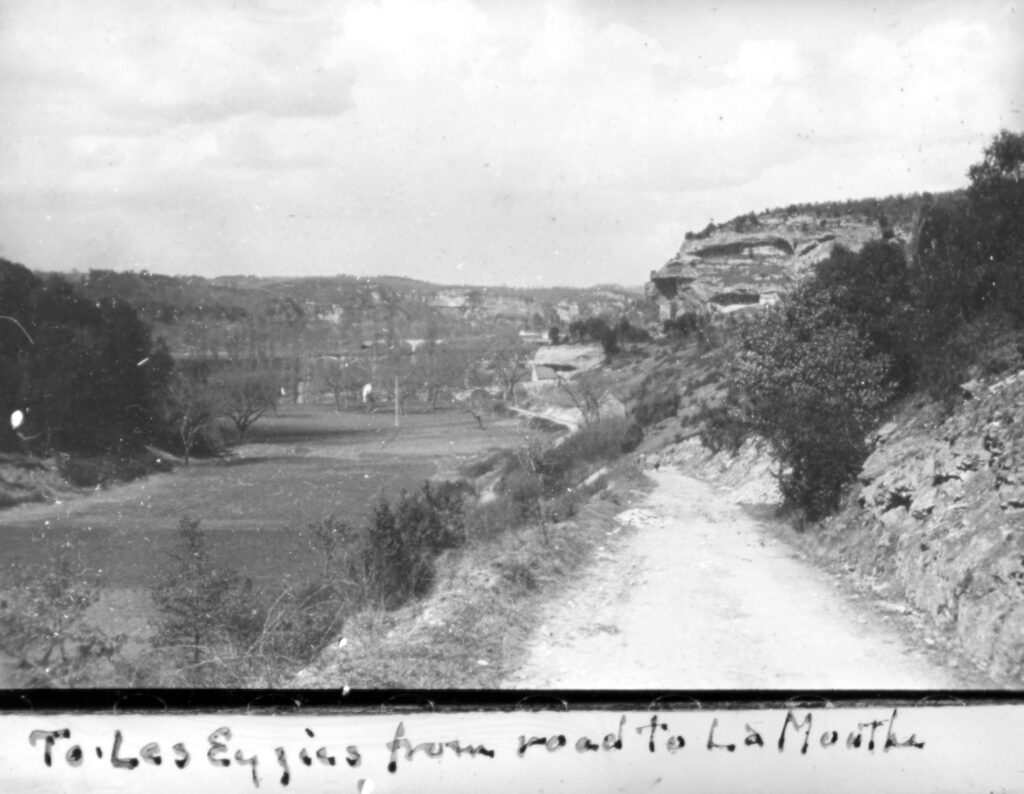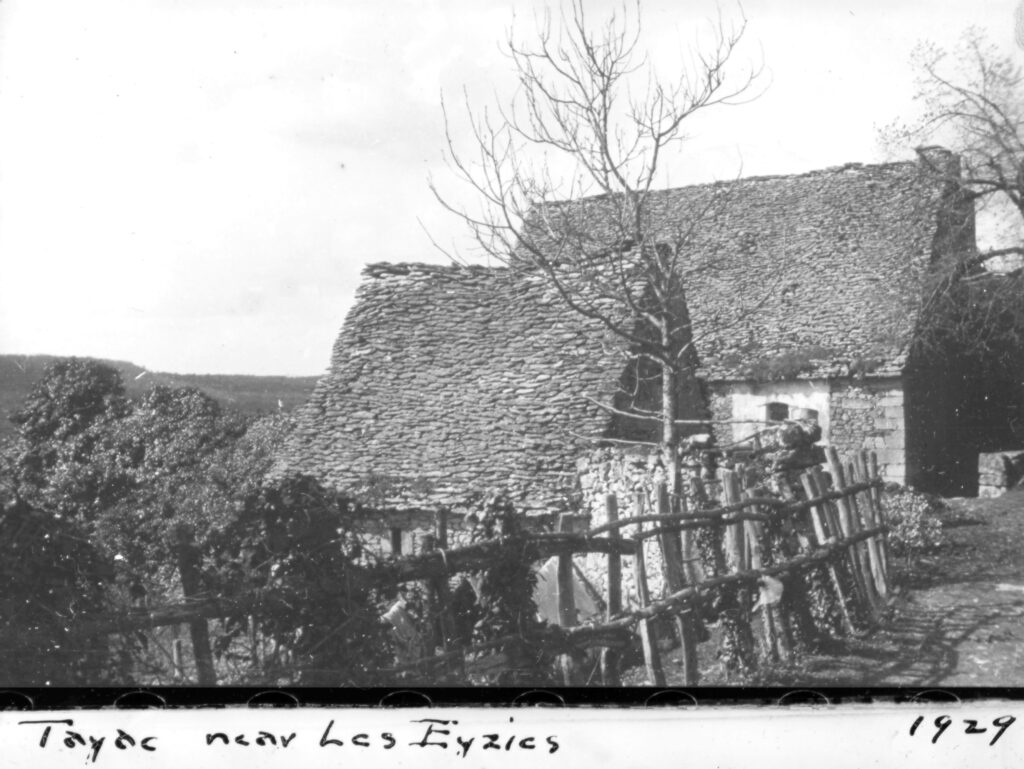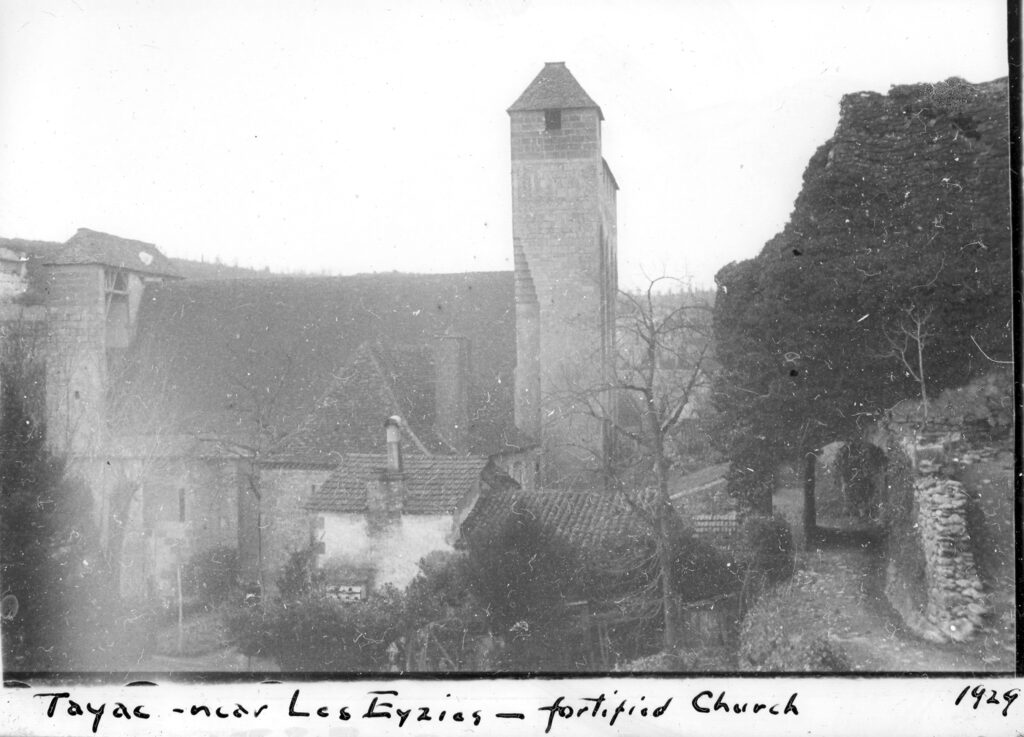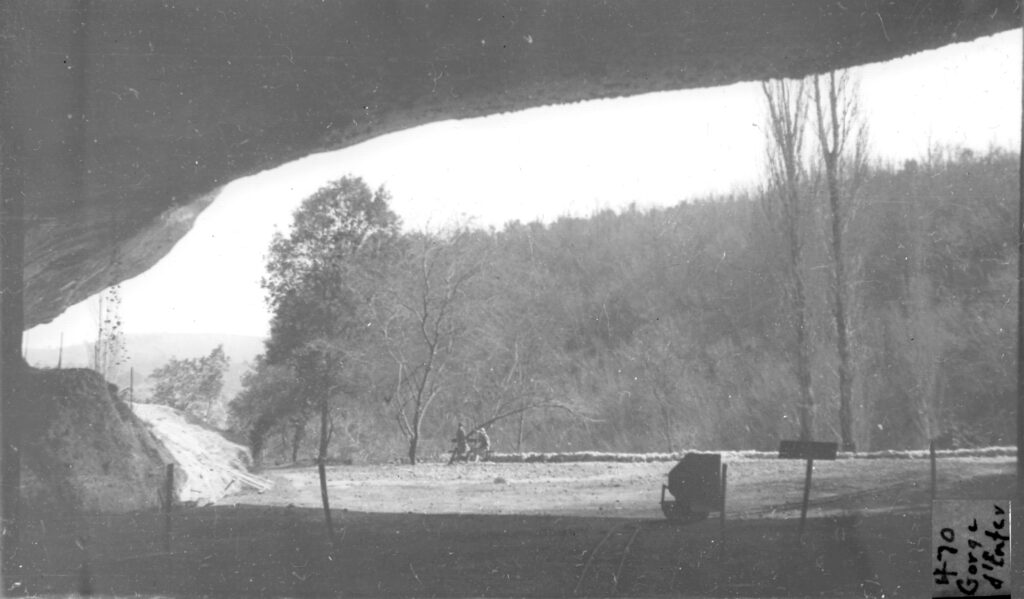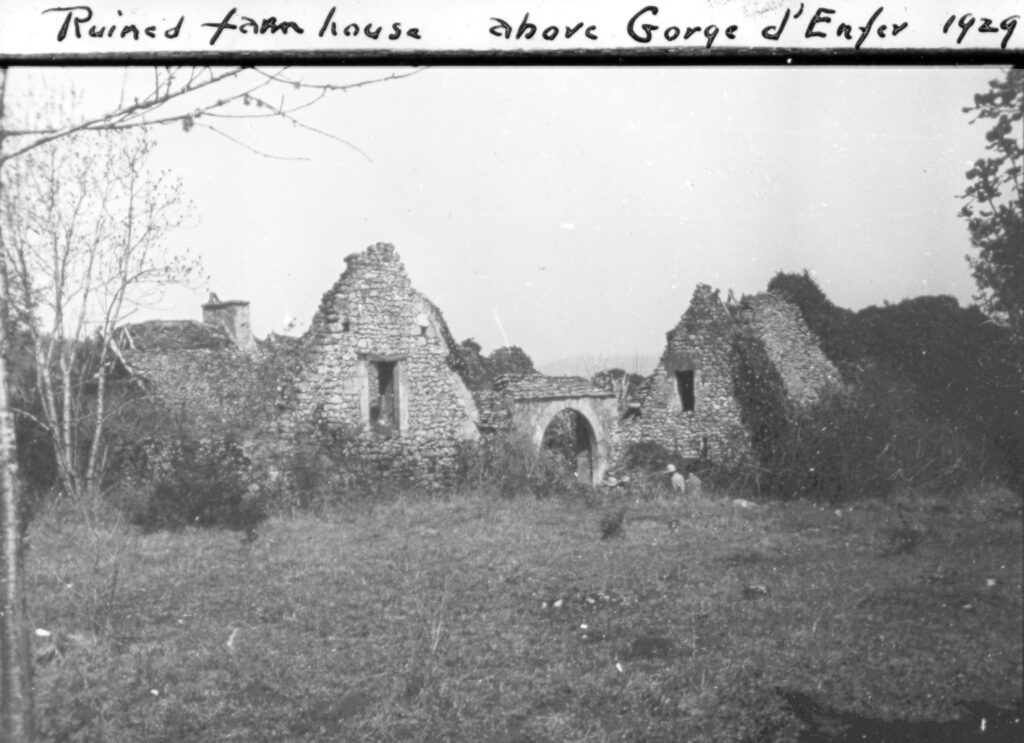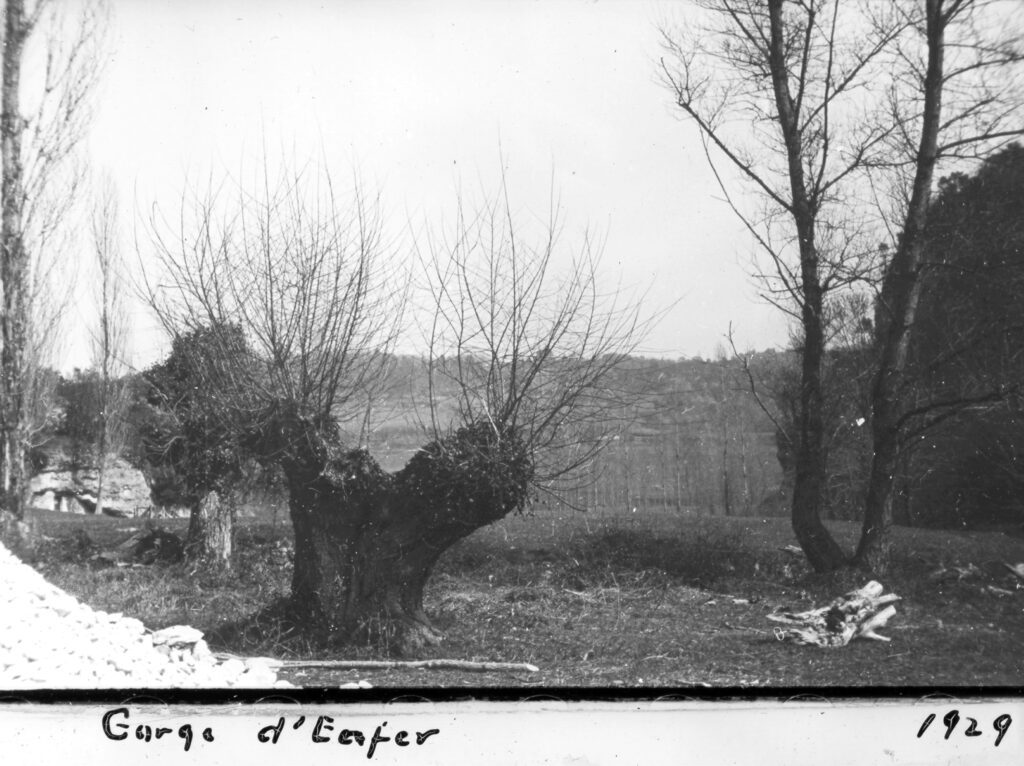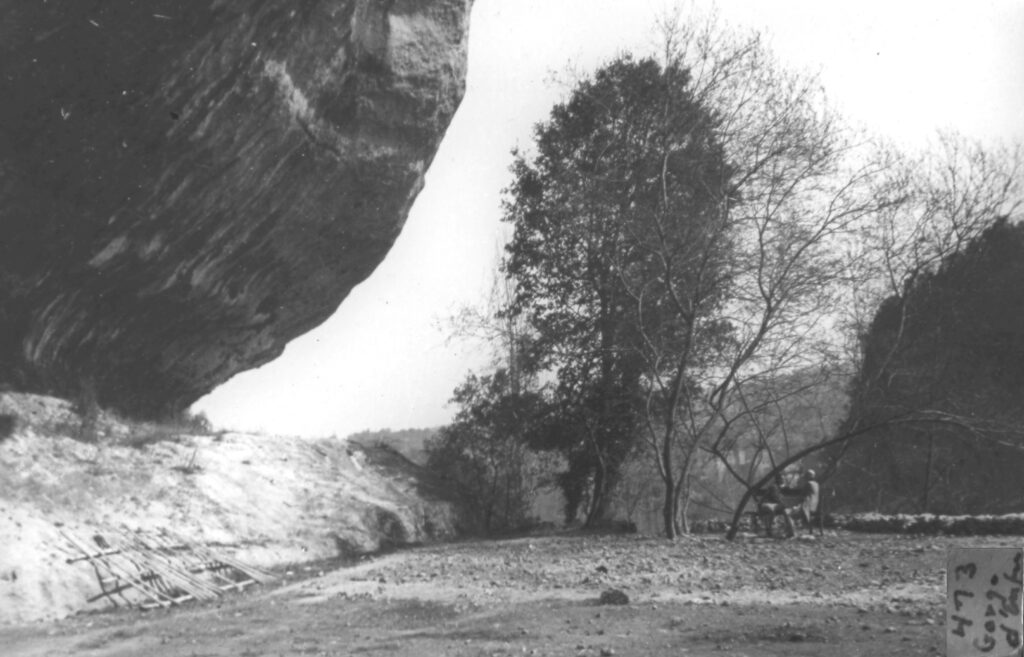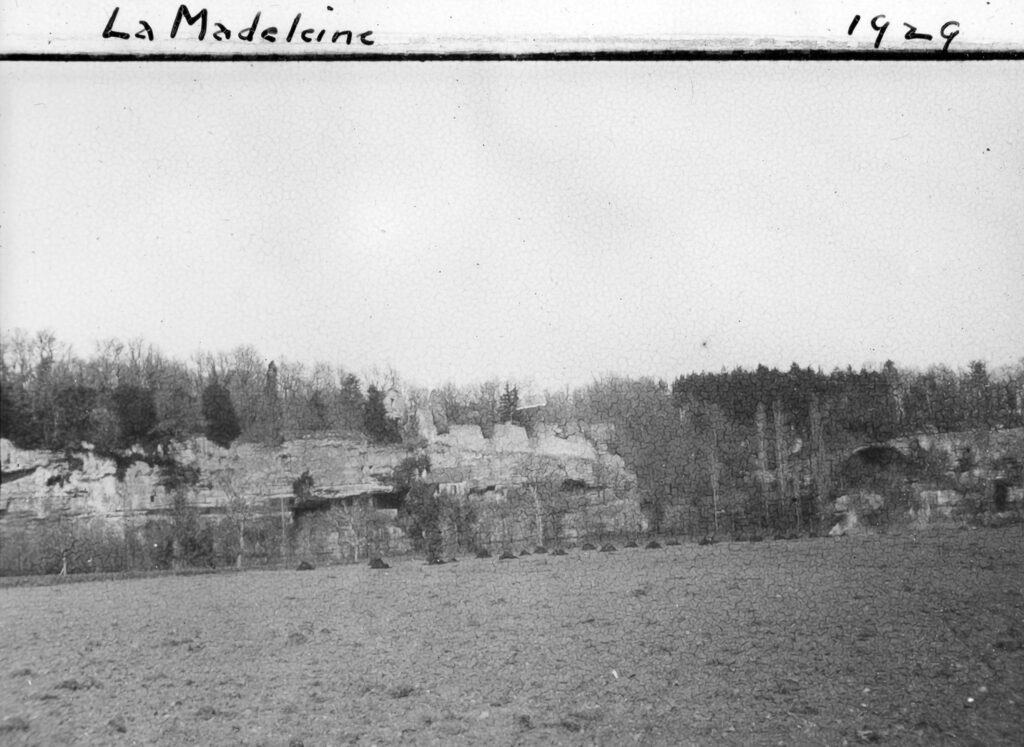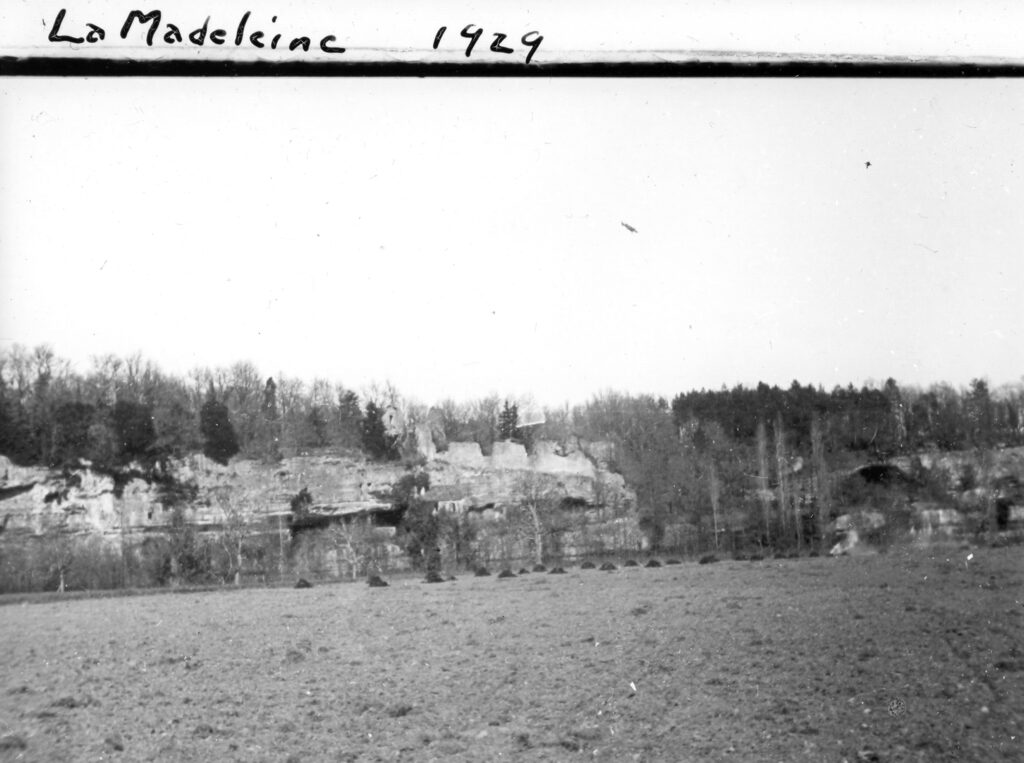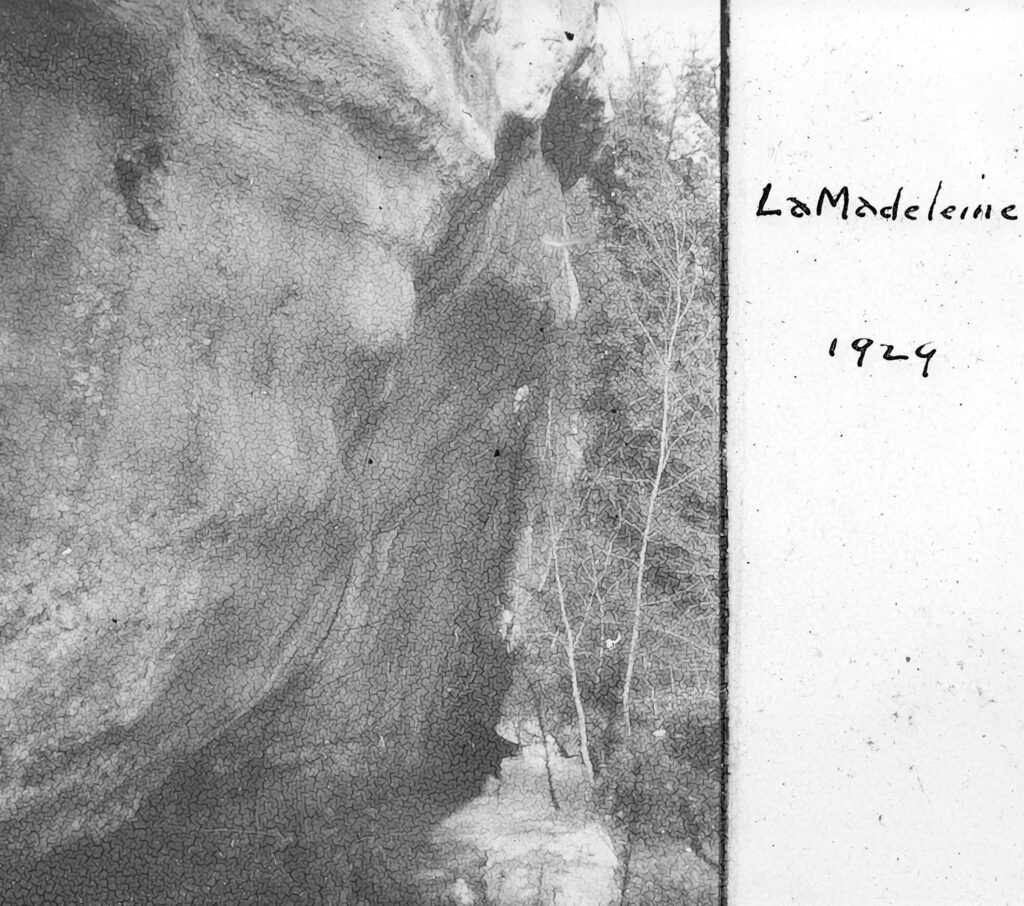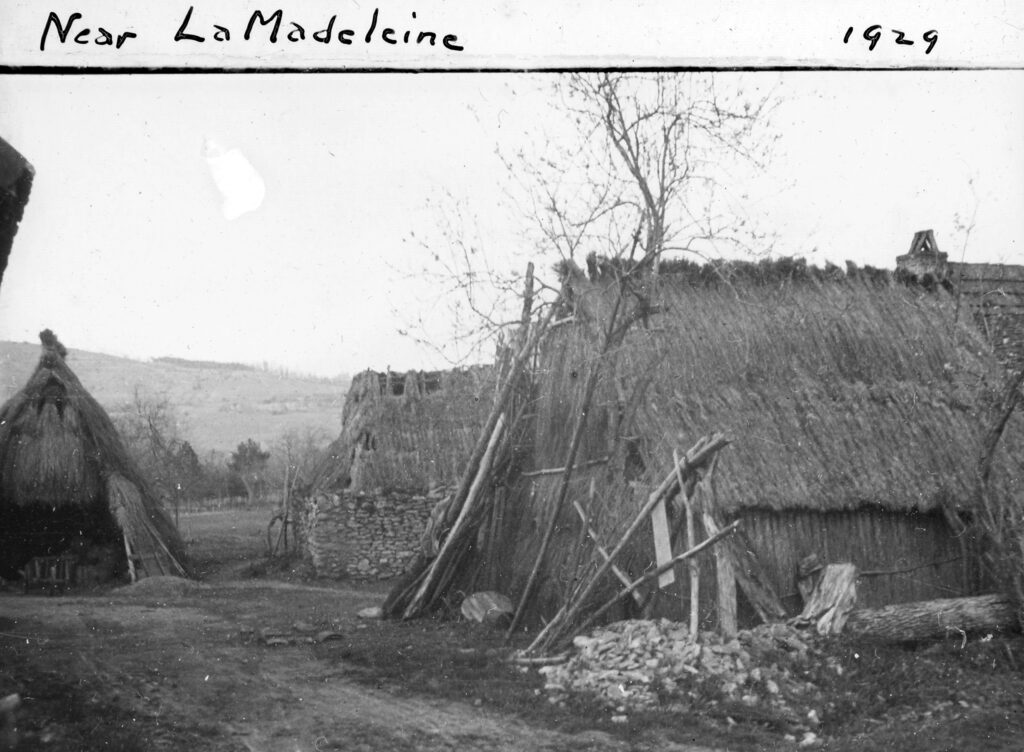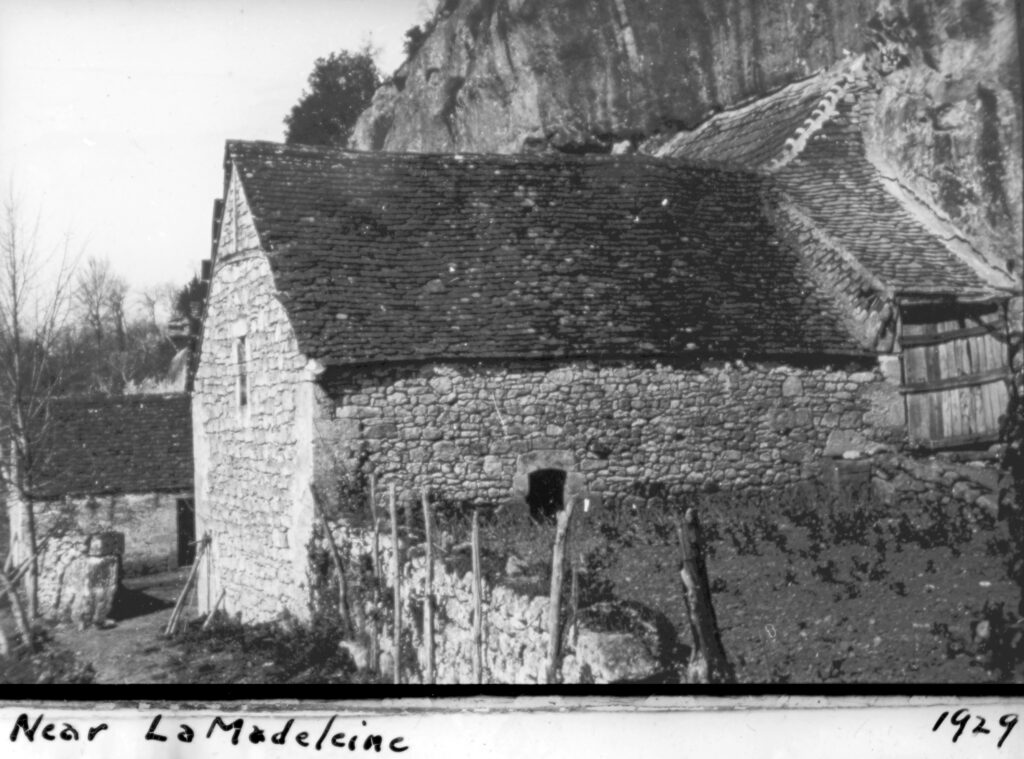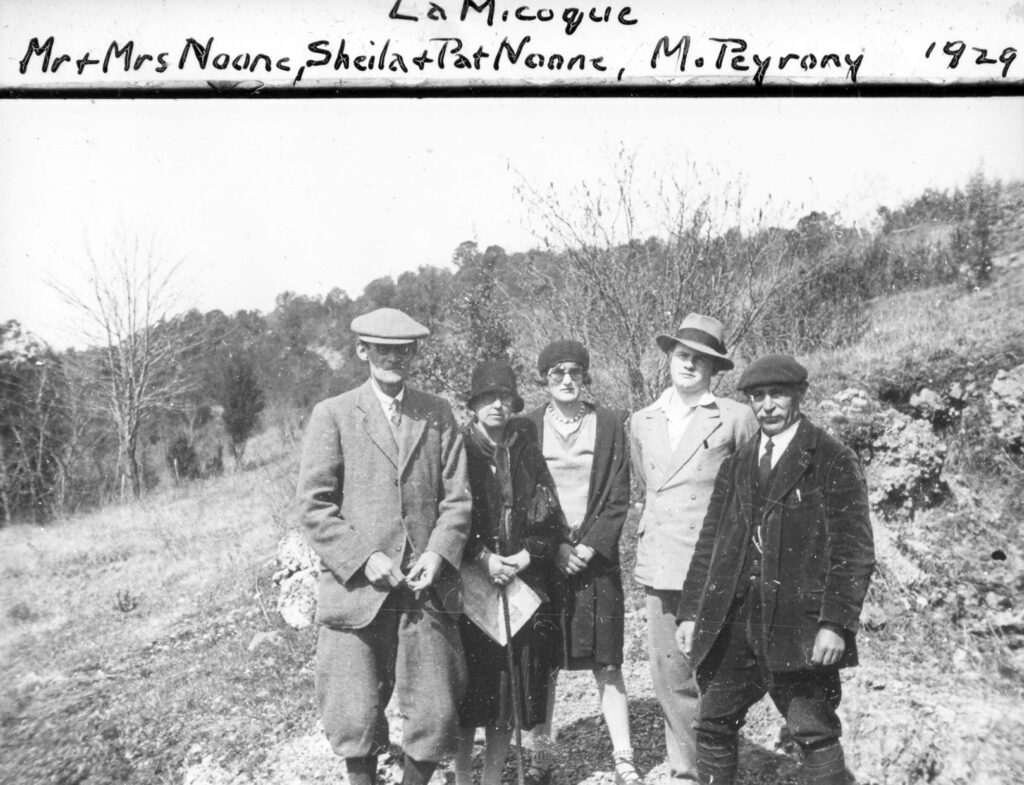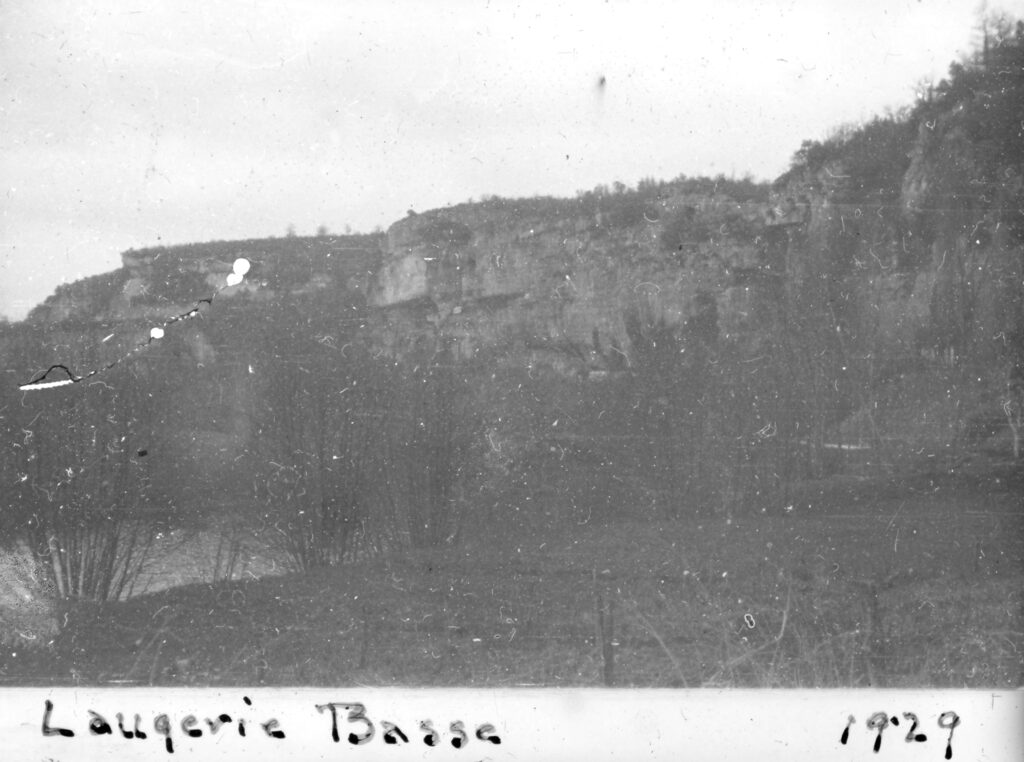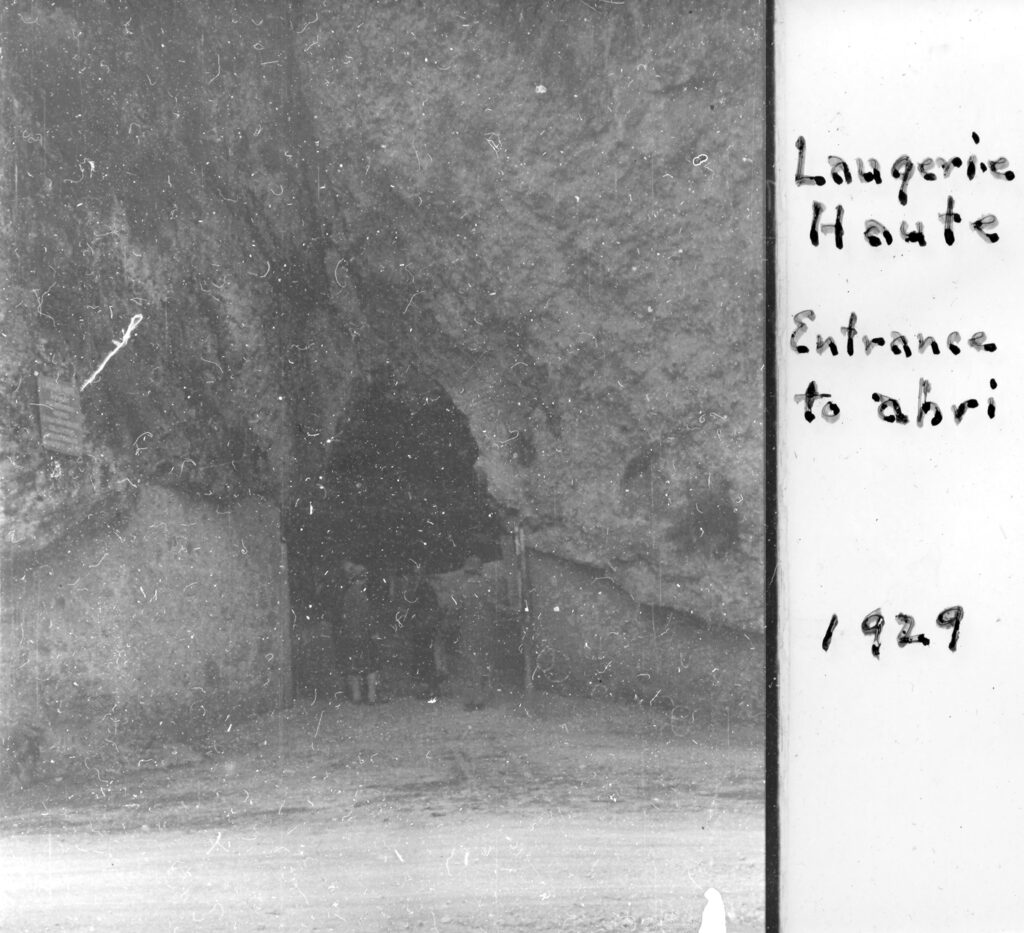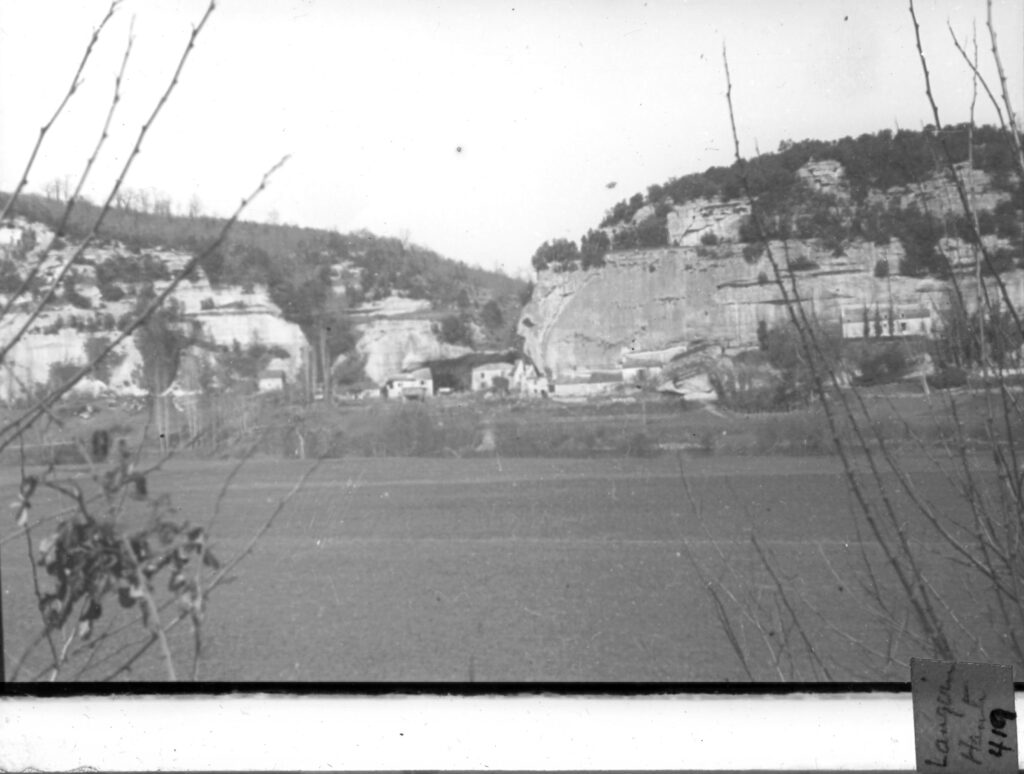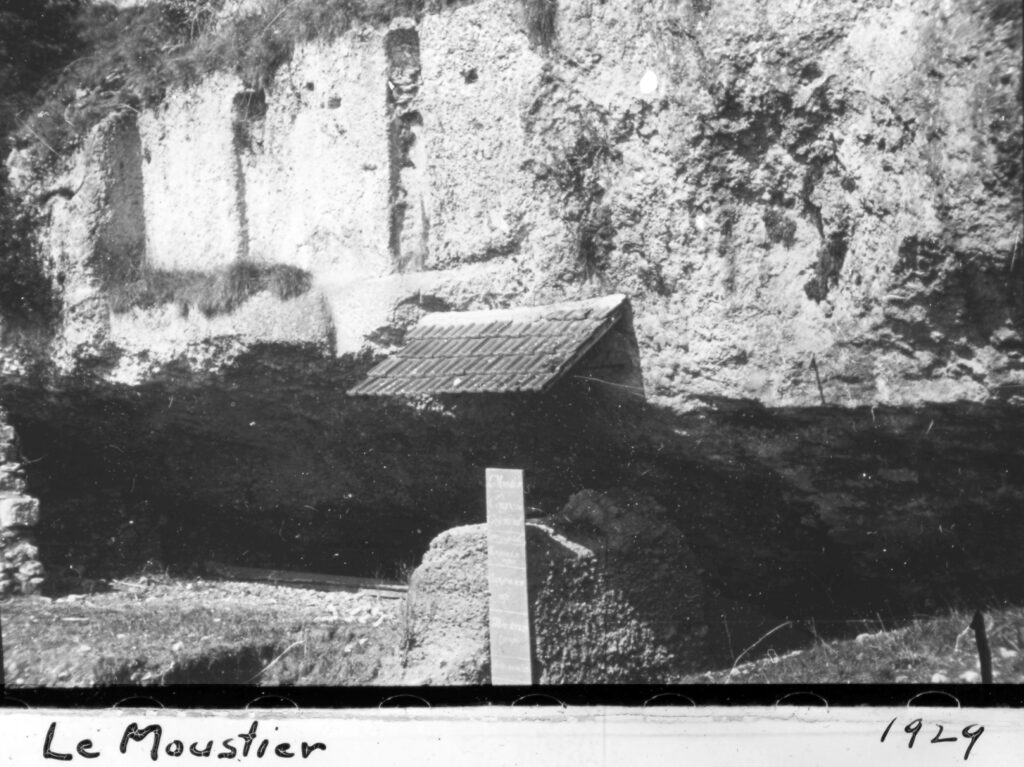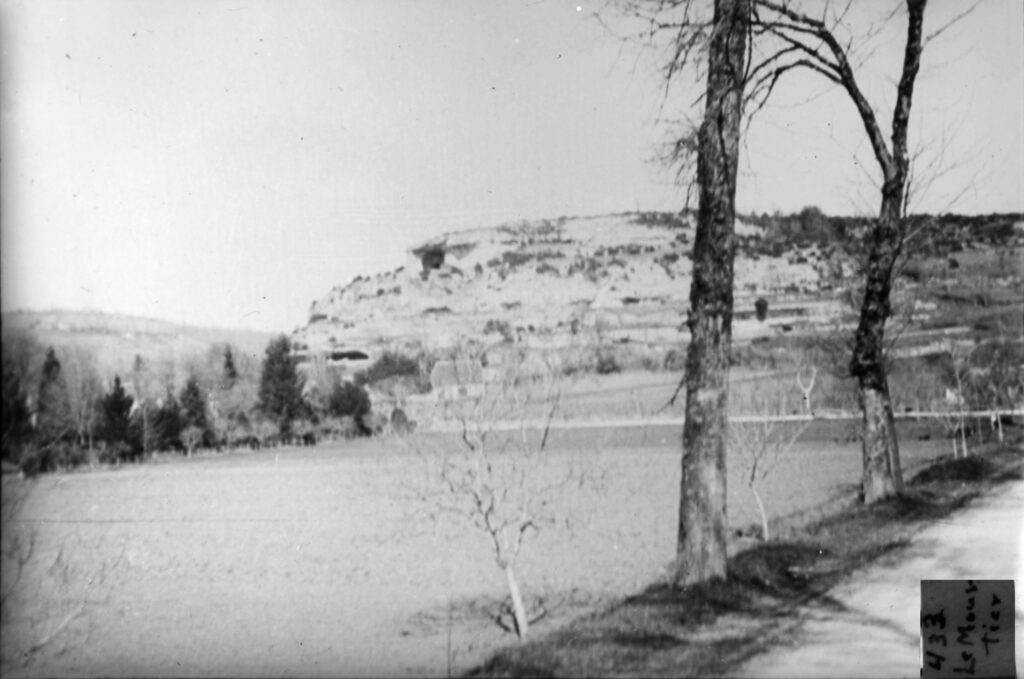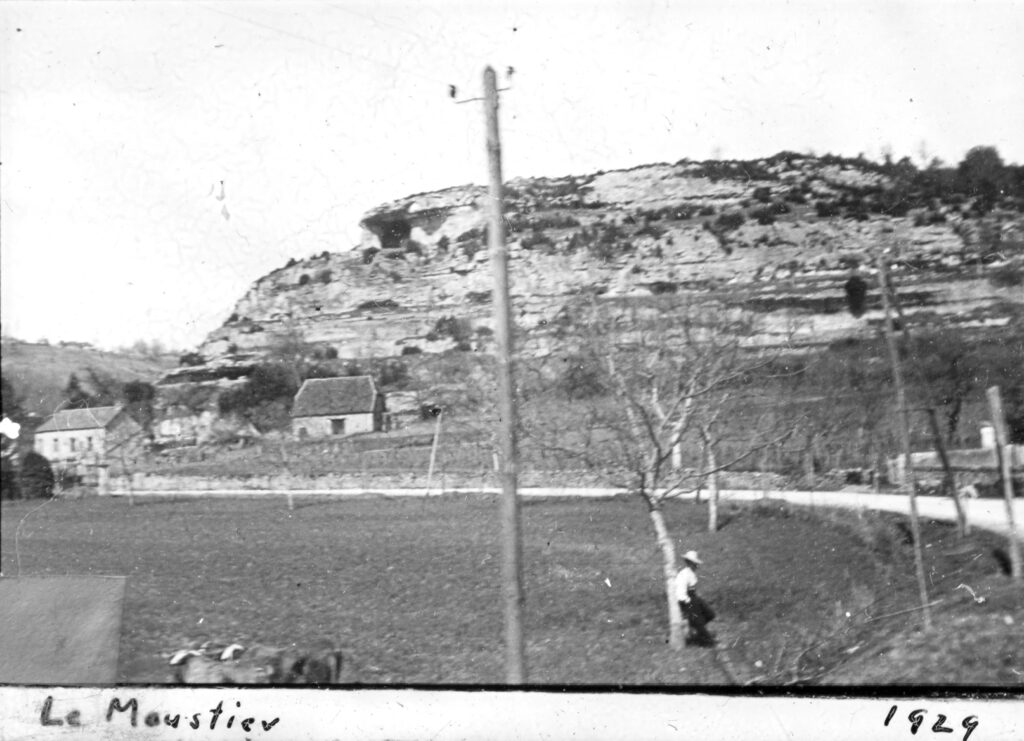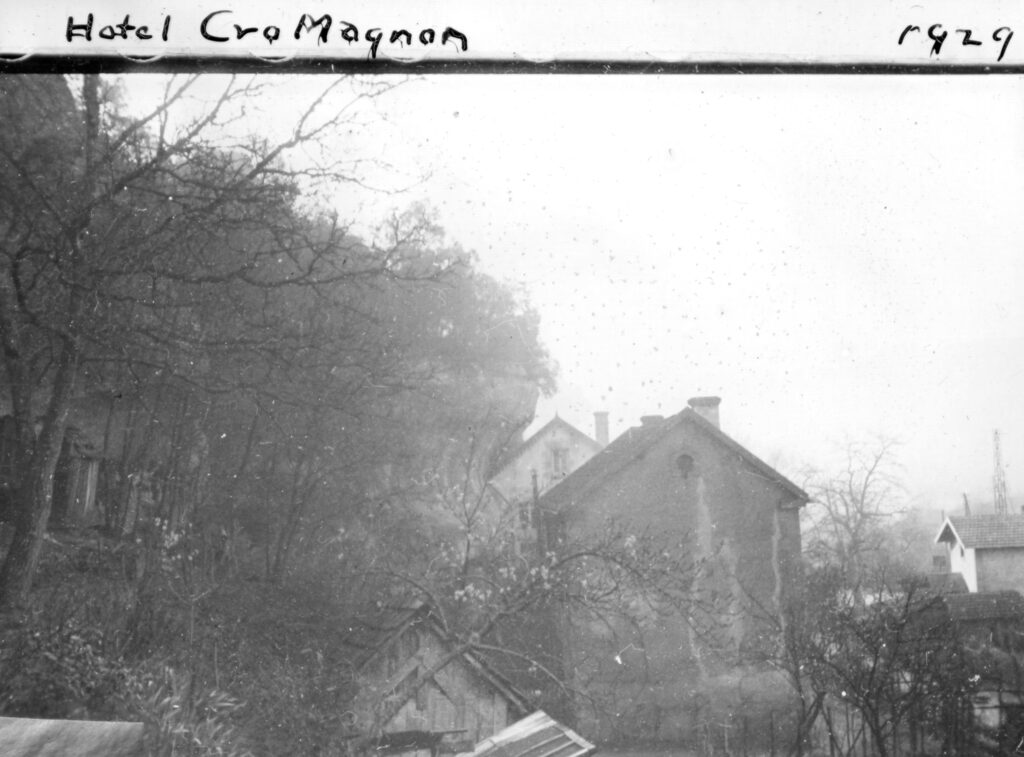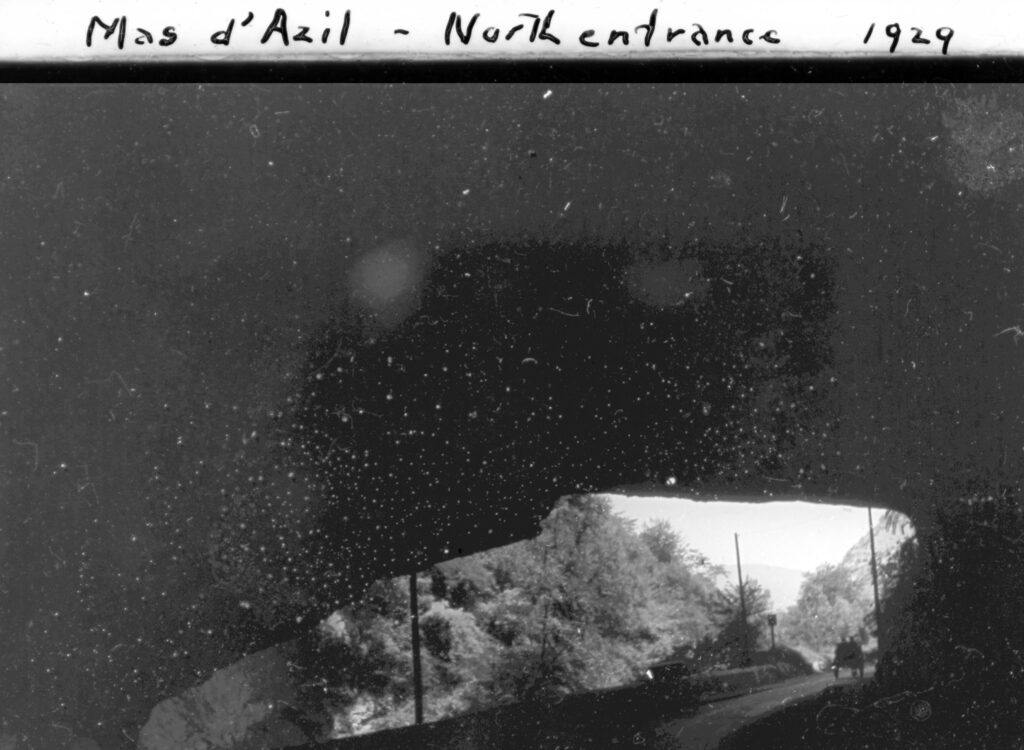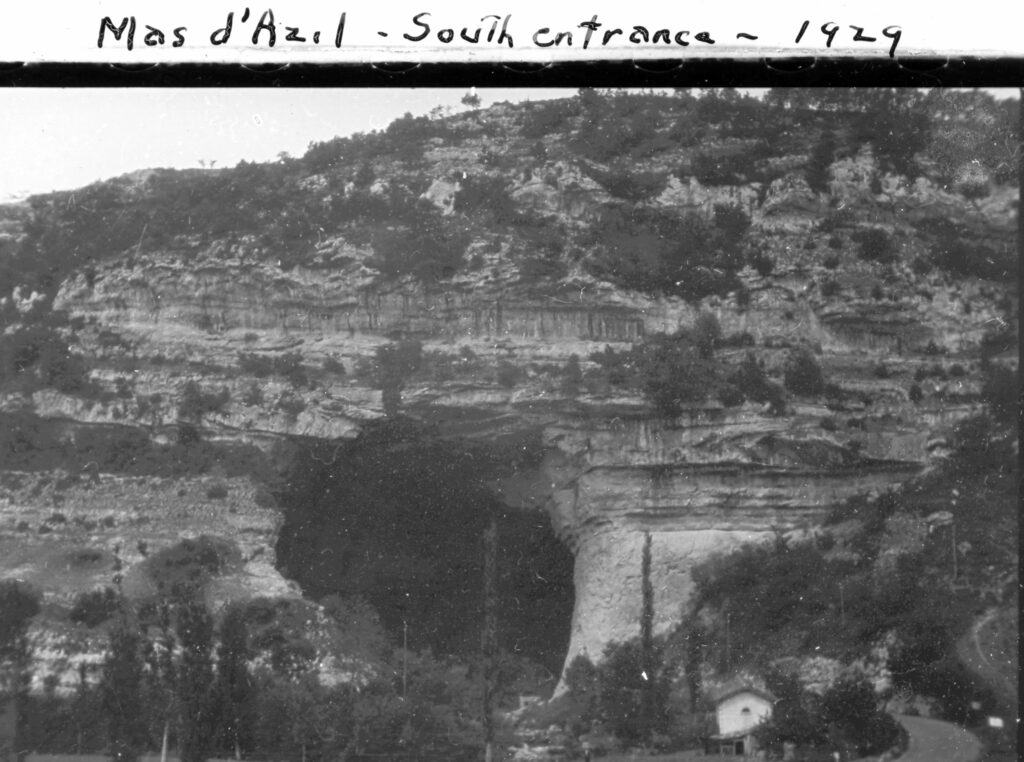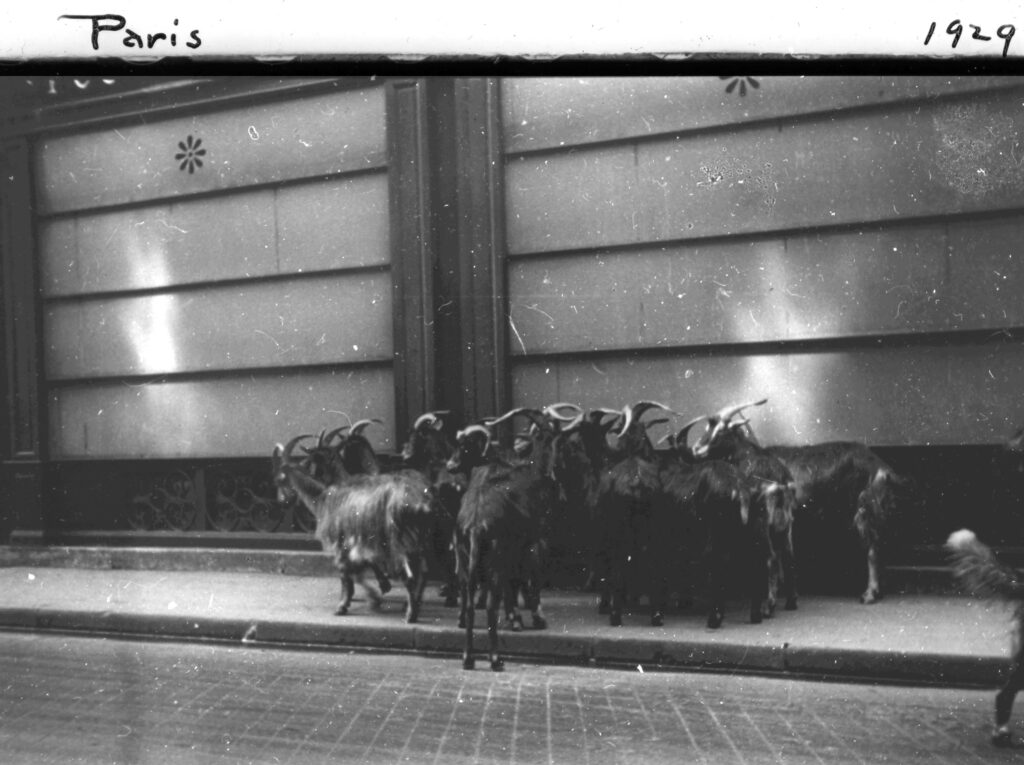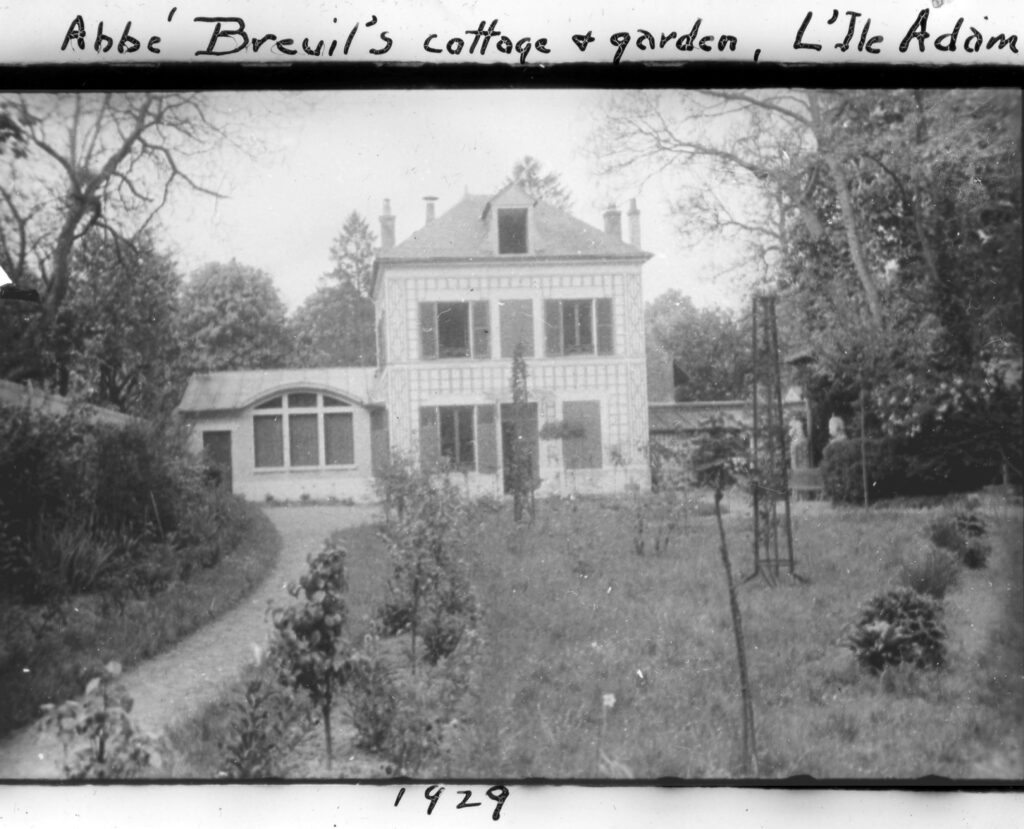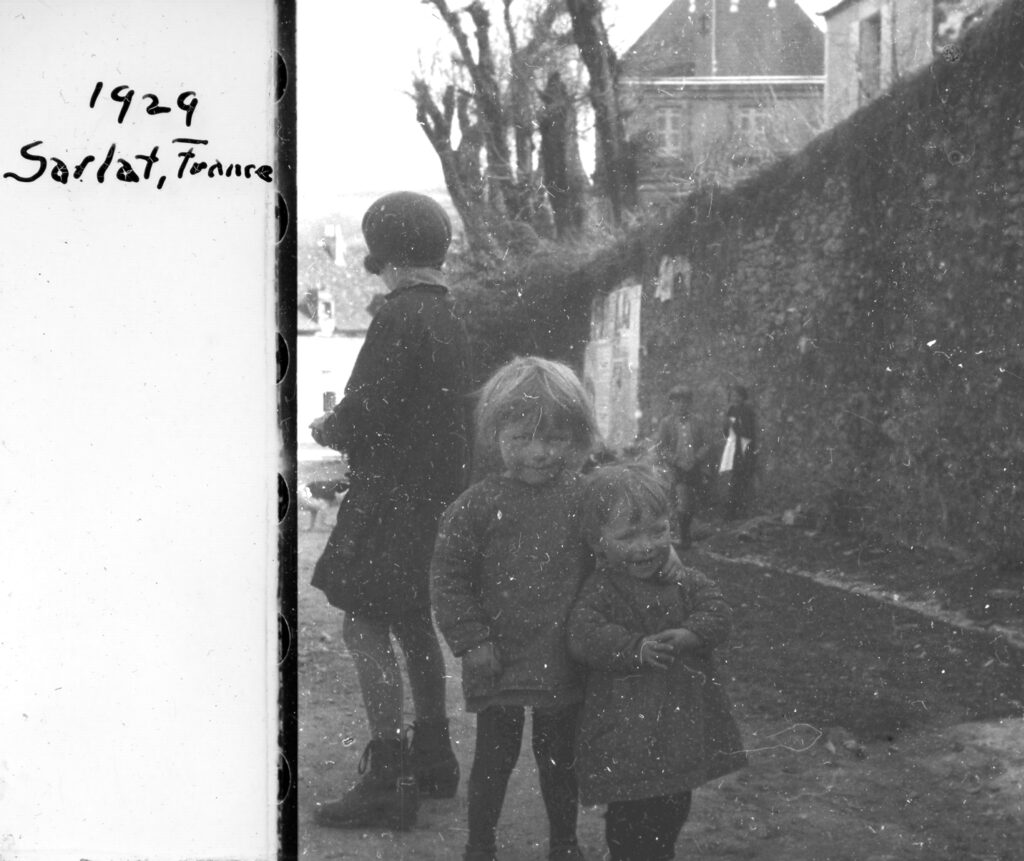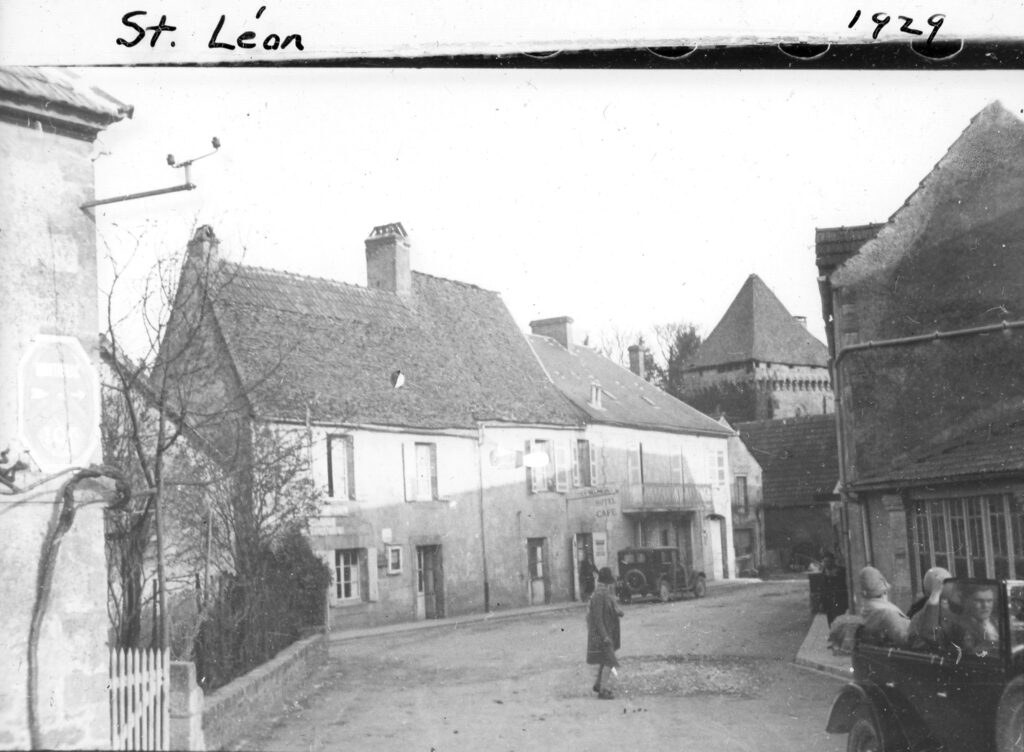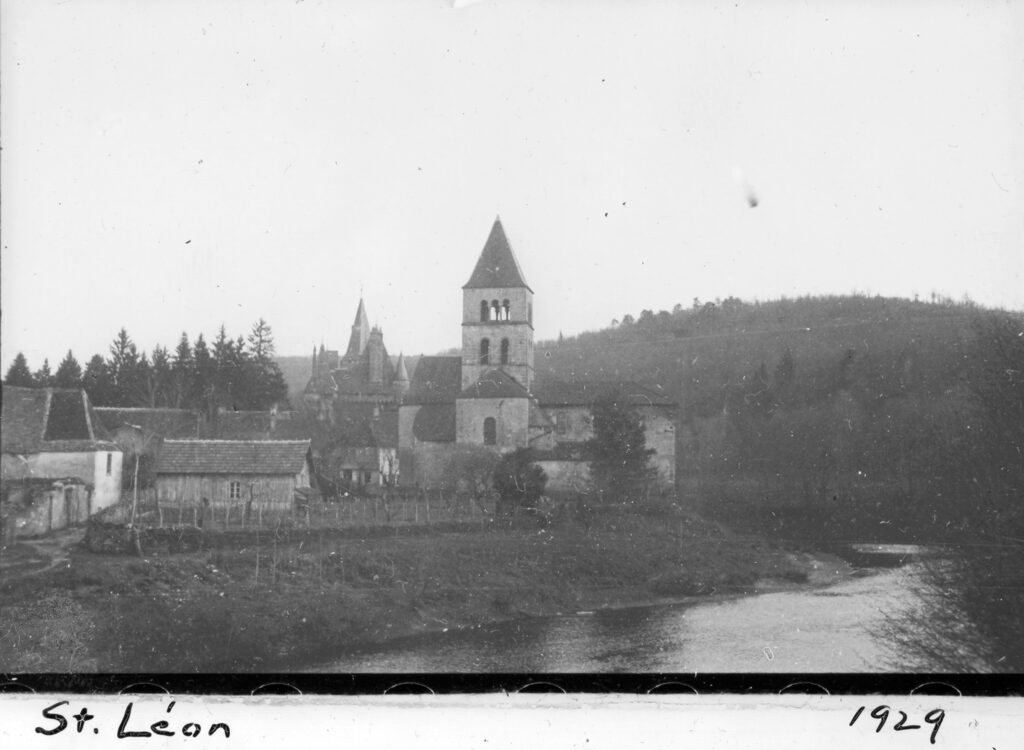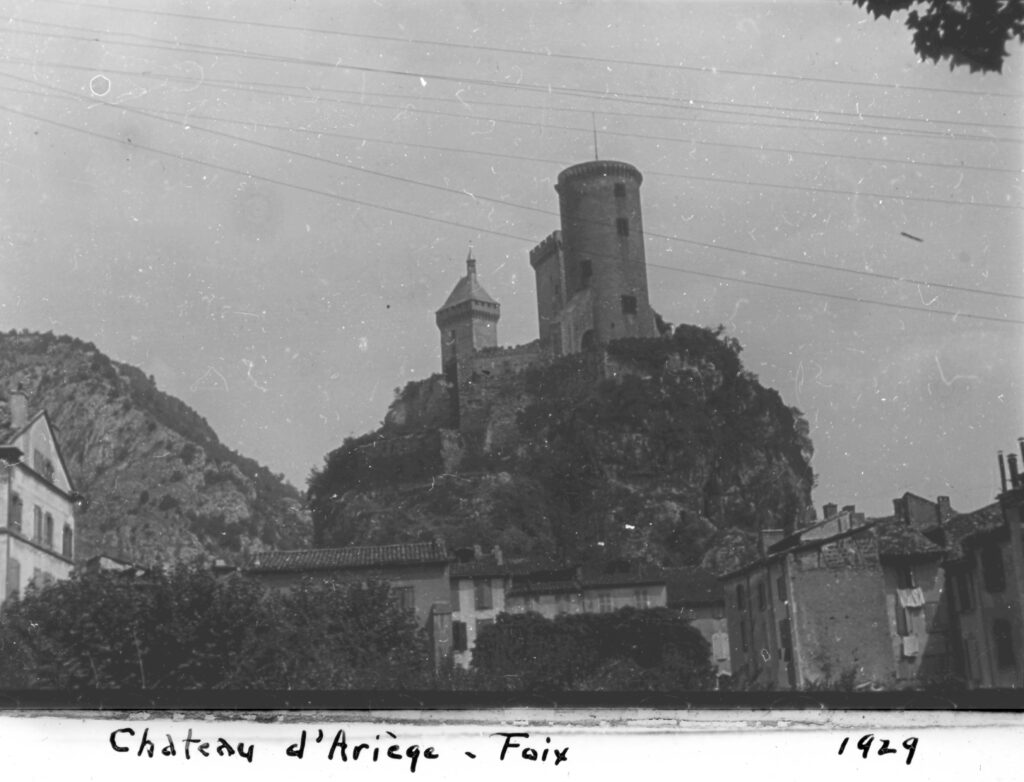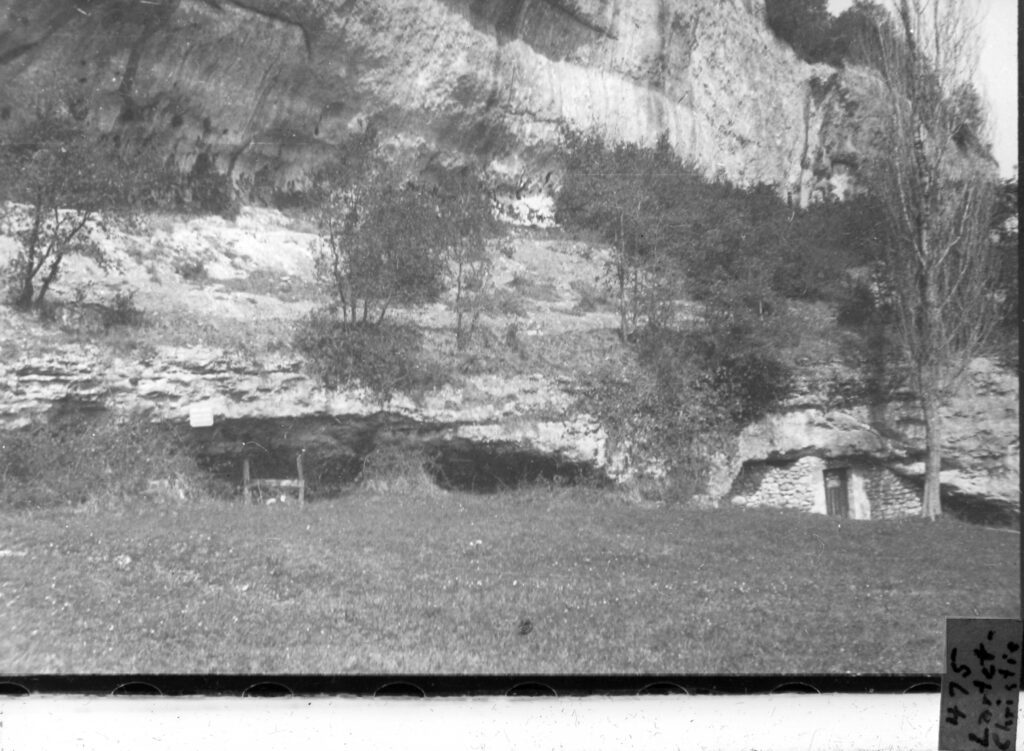Photographs from Southern France
After a few days in Spain, Dr. James Bullitt and his prehistory class toured southern France, specifically the Dordogne region, in late July 1929. He extensively photographed this trip, including the local towns and scenery. The galleries below include all photos from Bullitt’s trip to southern France.
Click on any image below to enlarge it and begin a slideshow of the gallery.
Sites around the Dordogne
While taking a class based out of the American School of Prehistory at the American University Union, Bullitt visited a number of caves and other sites in the Dordogne, a county in southwest France between the Loire Valley and Pyrenees Mountains. One of these sites, Maison Forte de Reignac, called “Chateau Reignac” by Bullitt, is a fourteenth century house built into a cliff. He also visited La Roque Saint Christophe, Les Eyzies-de-Tayac (a village surrounded by multiple caves and rock shelters), Abri de la Madeleine (the type site for Upper Paleolithic Magdalinian culture 17,000 to 12,000 years ago), and Le Moustier (the type site for the Middle Paleolithic Mousterian culture 160,000 to 40,000 years ago).
The Cave of Niaux, which he photographed only once, is described in his journal: “After lunch we hired two cars & drove along the river (Ariège), with beautiful mountains and gorges in view at every turn, to Tarascon where we picked up our guide and went on to the cave of Niaux. A steep climb of half or three quarters of a mile up a gravelly path brought us to an insignificant little hole about three feet high, hidden behind several big rock masses. A few steps through the low narrow entrance led into a huge cavern—long wide passages & great vaulted chambers, with many intriguing side passages. Water-sculptured walls of marble & alabaster and rich fantastic stalactite formation make it beautiful, while gloomy [?] heights and spacious side aisles give it grandeur and mystery and awesomeness. It is the biggest & most impressive cave I have seen since I was in Mammoth Cave thirty odd years ago.”
Site of Mas D’Azil
Mas d’Azil is a cave in southwestern France, the type site for Azilian culture (10,000 to 12,500 years ago), and a key Magdalenian site (17,000 to 12,000 years ago). Bullitt described Mas s’Azil as “where the famous ‘painted pebbles’ (galets coloriés) was found, belonging to the final Paleolithic or the Mesolithic period. Also Piette found much of the finest Magdalenian there.”
Pictures from Around France
In addition to prehistoric sites, Bullitt took photographs of the people and places he encountered during his trip. This section also includes a photograph of an unknown cave (labeled “Lartet and Christie”). Edouard Lartet and Henry Christy explored caves in the Périgord region of France and wrote one of the earliest papers on Paleolithic art in the 1860s, but there does not appear to be a specific cave named after them.

